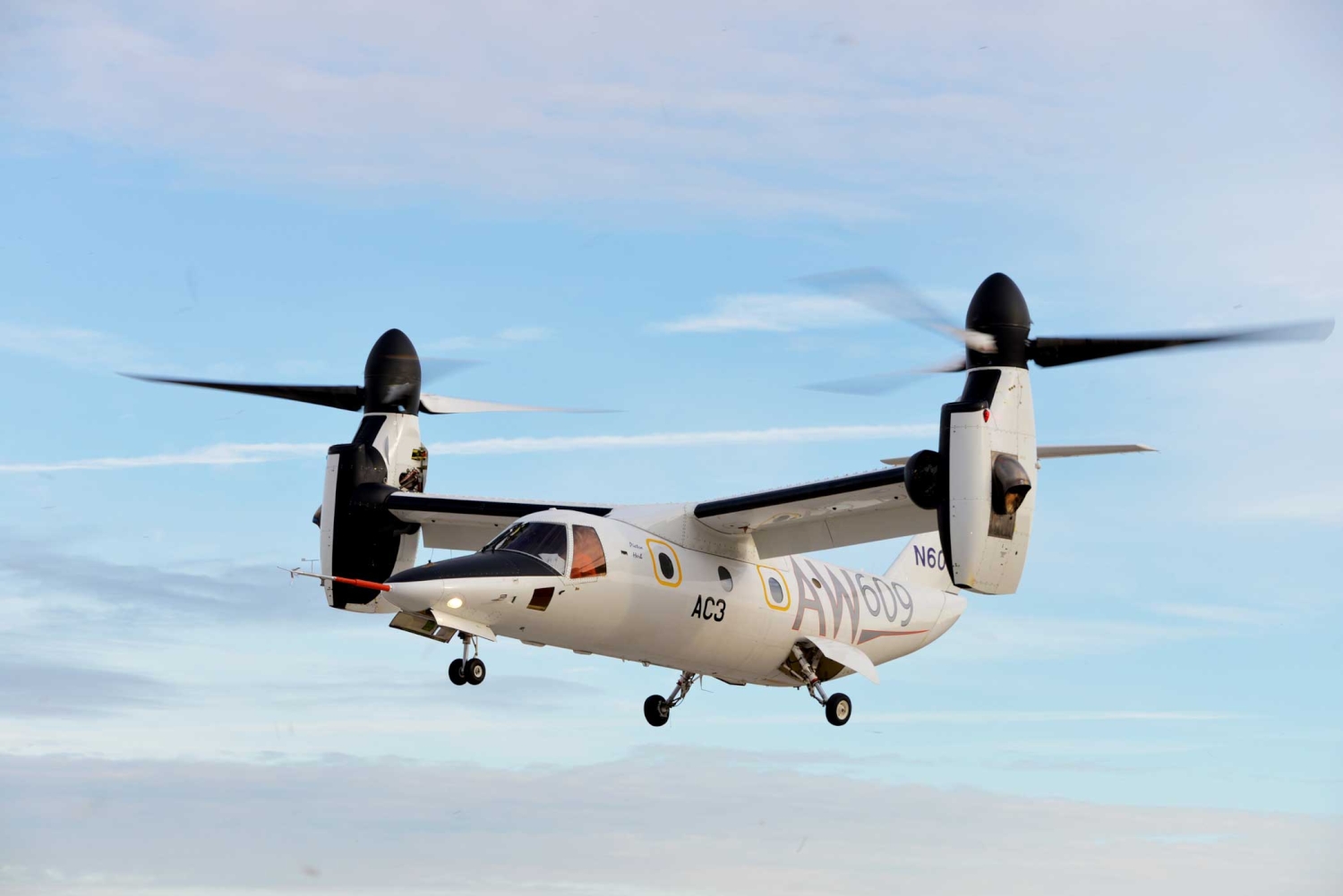 Italian-headquartered aerospace, defence and security company Leonardo is promoting the AW609 tiltrotor in an emergency medical services (EMS) configuration, promising to combine the strengths of fixed and rotary-wing platforms in a hybrid aircraft.
Italian-headquartered aerospace, defence and security company Leonardo is promoting the AW609 tiltrotor in an emergency medical services (EMS) configuration, promising to combine the strengths of fixed and rotary-wing platforms in a hybrid aircraft.
The company is displaying a mockup of the cabin of what is billed as the first civilian tiltrotor or ‘powered lift’ aircraft at the Avalon Airshow, and has been seeking feedback from potential EMS users about what form the fitout could take.
“Think of a King Air or a PC-12 that can hover,” says Bill Sunick, senior manager for AW609 marketing. “We’re really excited here at Leonardo about it being the world’s first commercial tiltrotor; it really shows our dedication to innovation.”
The tiltrotor is able to take off and land vertically, and with its pressurised cabin it is capable of flying above bad weather at higher speeds and at greater ranges than a helicopter might.
Boasting a maximum cruise speed of 275 knots, the AW609 has a service ceiling of 25,000 feet and a maximum range of 1,000 nautical miles (with auxiliary fuel).
Speaking to the Show Daily at Avalon on Wednesday, Sunick described how the AW609 would be able to complete both the ‘search’ and the ‘rescue’ elements of a SAR task, when otherwise it might take a fixed-wing aircraft to find someone in distress and then a helicopter to pick them up.
Besides the EMS and SAR roles, other potential applications for the tiltrotor in the commercial sphere include VIP transport and oil and gas industry roles.
Certification for the AW609 from the Federal Aviation Administration (FAA) is expected by the end of this year, according to Sunick.
The final prototype is anticipated to start ground testing in May or June; meanwhile, the first production example of the aircraft is currently in assembly.
Leonardo is reluctant to talk about how many orders it has for the AW609, but in February last year the company announced that helicopter operator Era has agreed to be the launch customer for the commercial tiltrotor.
Era is due to take delivery of two aircraft in a nine-passenger utility configuration next year.











